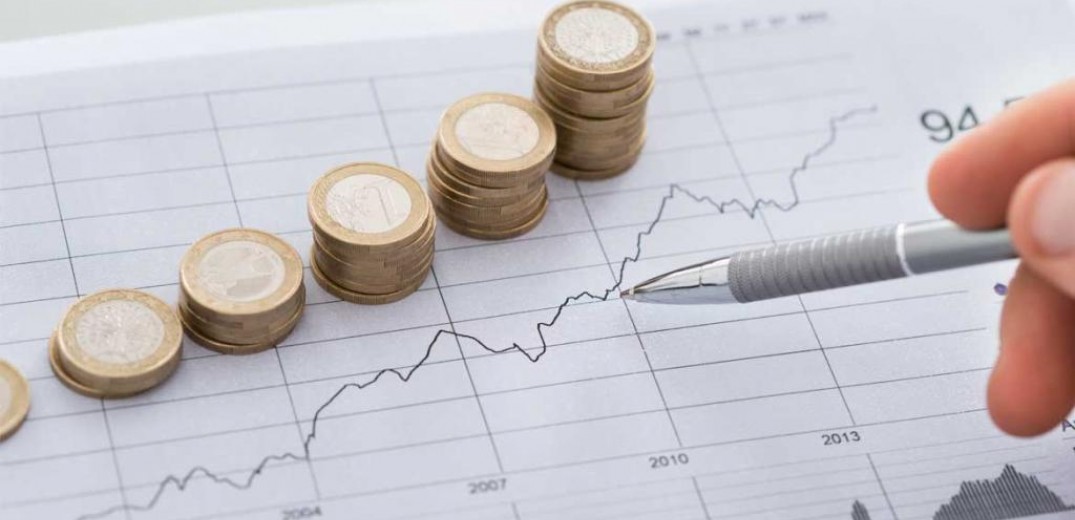Unemployment continues to decline, falling to 10.8% in July.
The share of investment in GDP is increasing significantly and significant EU resources are available for further investment in the coming years, he notes.
Annual inflation eased rapidly, falling to 2.5% in July (based on the harmonized index of consumer prices). The government's measures to mitigate the energy crisis have come at a significant fiscal cost, but a small primary surplus was recorded in the 2022 budget and a larger surplus is expected this year.
Public debt remains the highest in Europe (as a percentage of GDP), but has fallen significantly over the past two years, from over 200% of GDP at the end of 2020 to around 170% at the end of 2022, as a result of large nominal GDP growth and further debt relief measures, the bank says.
Growth in the EBRD regions is expected to slow to 2.4 per cent in 2023 from 3.3 in 2022. In 2024, as inflation continues to ease, growth is expected to pick up to 3.2 per cent. The figures reflect an upward revision of 0.2 percentage point to May’s forecast for 2023 and a downward revision of 0.2 per cent to the forecast for the following year.
EBRD Chief Economist Beata Javorcik said: “Our economists see a diverging pattern of growth among the EBRD regions. The robust growth of the economies of Central Asia and the weaker performance of those in central Europe and the Baltic states reflect the different consequences of energy prices, inflation and shifting patterns of trade.”















